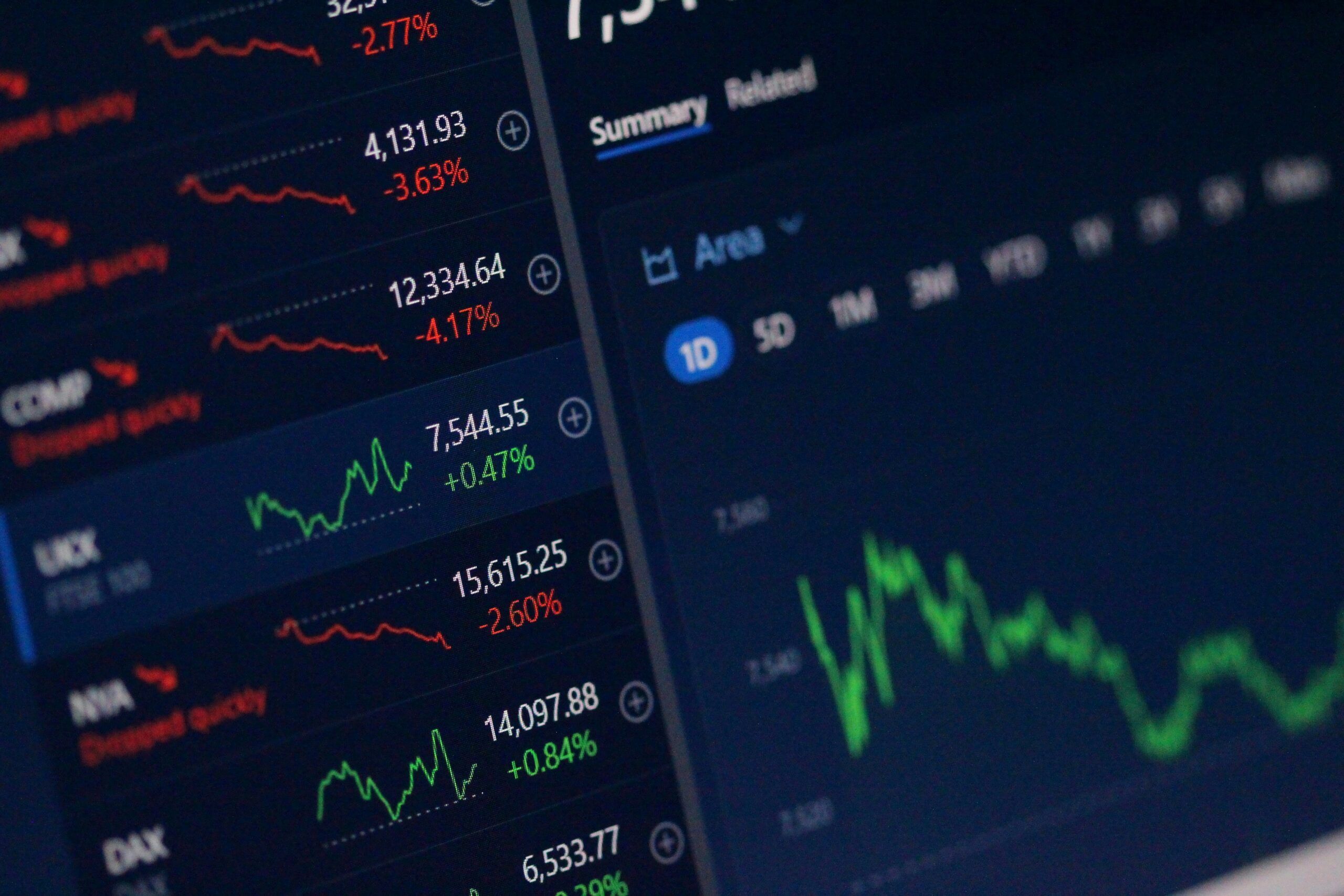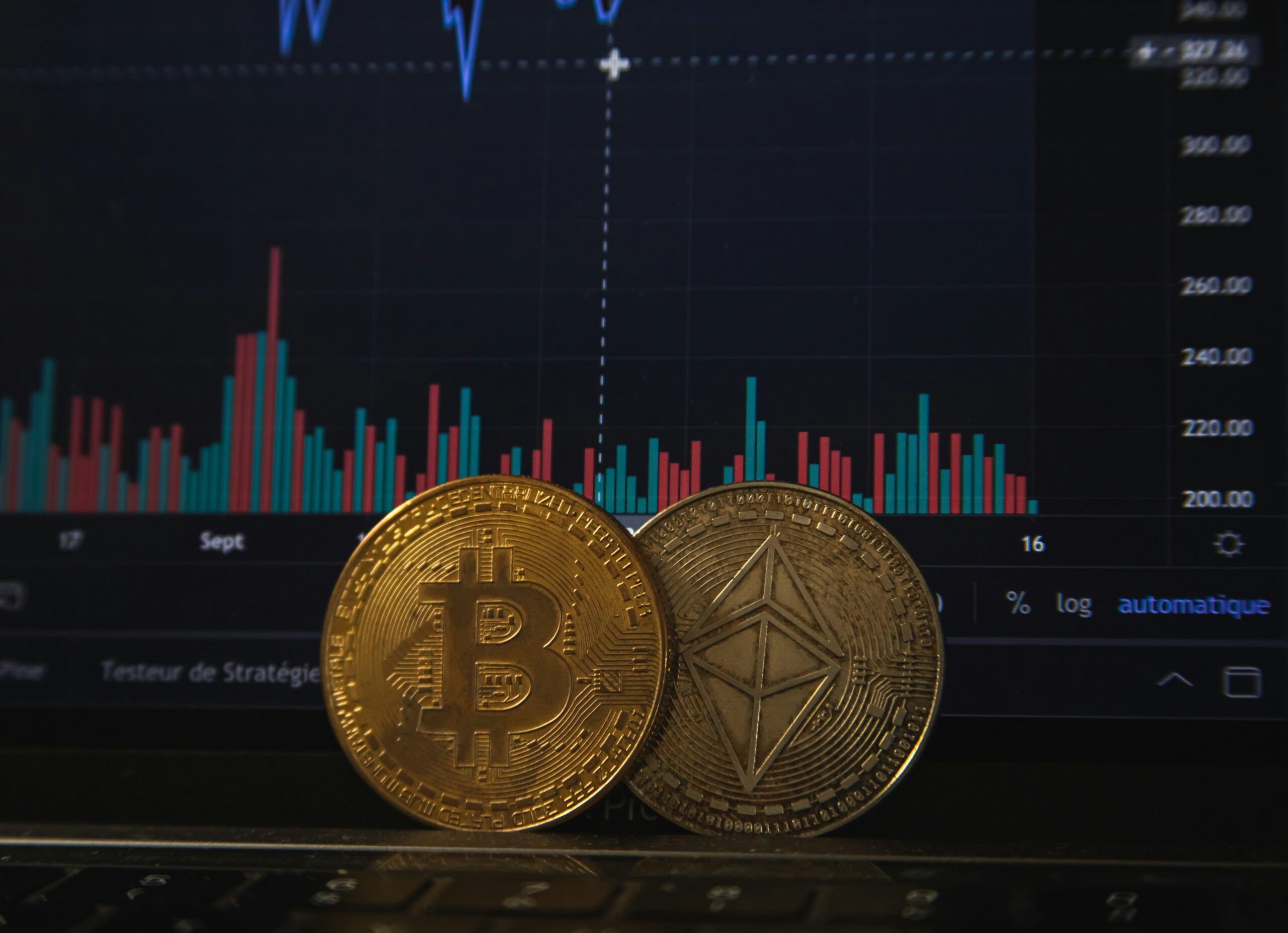Emerging Markets Debt Could Potentially Hit Record Sales in 2025
Experts in emerging market debt advise that global issuance volumes in this sector year-on-year were up 20% for Q1 and Q2 for 2025, with issuances growing particularly quickly from the corporate sector. The boom in debt sales have defied missile attacks, an oil market with gyrating prices, and US policy, and tariffs putting a strain on global trade, resulting in a major increase in demand for local bonds who are having their best Q1 and Q2 in 18 years. White House policy has seen the greenback fall circa 11% this year, which has led to a fall in investor confidence resulting in an index of emerging market local debt to return in excess of 12% in the first half of 2025.
Regarding the fall in the value of the US Dollar, experts suggest that this has sent fund managers, asset managers, and the rest of the money managers to look elsewhere for better returns, and as a result, the markets have seen a surge in demand for fixed-income assets in emerging market currencies. Data released shows that hard currency bonds are only up 5.4% in the first half of this year as opposed to 12% as mentioned above in the emerging market arena, all this against the backdrop of the US Dollar having its worst performance since 1970 and falling against 19 of 23 of the most traded emerging market currencies.
Figures released by EFPR data (formerly known as Emerging Portfolio Fund Research) show circa USDD 21 Billion (an unprecedented amount) flowing into EM-debt funds, with some Latin American bonds returning some considerable gains. For example, some Brazilian government bonds have returned in excess of 29% whilst local bonds from Mexico (known as Mbonos) have generated a gain of 22%. Elsewhere, experts suggest that Ghana (Africa’s top gold producer) will, due to short-term borrowing costs falling to their lowest level in three years, resume domestic bond sales later this year.
The following is a part overview of data released regarding the total return year-to-date on emerging market bonds, Brazil Notas de Tesouro Nacional Serie F – 20.2%, Brazil Letras do Tesouro Nacional – 26.0%, Mexican Bonos – 21.7%, Poland Bonds – 19.9%, Hungary Bonds – 19.1%, Czech Republic Bonds 17.8%, Mexican Cetes – 17.4%, Nigeria Bonds – 15.8%, Egypt Bonds 15.0%, Romania Bonds – 14.9%, Taiwan Bonds – 13.8%, South African Bonds – 13.2% and Colombian TES – 12.8%.
Since the beginning of the year, data released shows emerging markets companies and governments having sold USD 331 Billion in debt in hard currencies such as the greenback and the Euro. However, not all future roads to emerging markets fixed income products are paved with gold, as tariff increases may yet put a dent in some country’s ability to issue new bonds. Donald Trump will be reviving tariff targets in the second week of this month, indeed, yesterday the White house announced that letters had been sent to 14 countries informing them new tariffs will be enforced on 1st August this year. The president also has stressed that he will put an additional 10% tariff on any country aligning themselves with “the Anti-American policies of BRICS*”, confirming “There will be no exceptions to this policy”.
*BRICS – Is an intergovernmental agency and is an acronym for Brazil, Russia, India, China, (all joined 2009) followed by South Africa in 2010 as the original participants. Today, membership has grown to include Iran, Egypt, Ethiopia, and the United Arab Emirates and Saudi Arabia, with Thailand, and Malaysia on the cusp of joining. Russia sees BRICS as continuing its fight against western sanctions and China through BRICS is increasing its influence throughout Africa and wants to be the voice of the “Global South”. A number of commentators feel as the years progress, BRICS will become an economic and geopolitical powerhouse and will represent a direct threat to the G7 group of nations. Currently this group represents 44% of the world’s crude oil production and the combined economies are worth in excess of USD28.5 Trillion equivalent to 28% of the global economy.
It is believed by experts that the capture of the “Global South” encompasses all of Africa and South America, and BRICS seemed determined to have their own currency and move away from the US Dollar. President Trump views this as a direct threat to the USA and western Europe and will probably follow through on his threats to BRIC aligned countries. However, as President Trump alienates many of America’s traditional allies, BRICS are positioning themselves to replace the United States in the ground that Trump has ceded. The second half of 2025 will be interesting and over the next few months the markets will see if the increase in fixed-income volumes from emerging markets runs out of steam or goes on to new record highs.










